The Amur leopard is a beautiful, light-colored leopard that is almost extinct.
Also known as the Far Eastern leopard, the Amur leopard is a critically endangered big cat that inhabits parts of southeastern Russia (Primorsky Krai) and northeastern China (Jilin and Heilongjiang). A few leopards have also been reported in northern Korea. It is a subspecies of the leopard.
 The Amur leopard lives farther north than any other leopard. It is the only leopard subspecies that has adapted to a cold climate. Its fur is thick, soft, and covered in spots. Overall, the coat is pale, which helps the cat hide in the snow.
The Amur leopard lives farther north than any other leopard. It is the only leopard subspecies that has adapted to a cold climate. Its fur is thick, soft, and covered in spots. Overall, the coat is pale, which helps the cat hide in the snow.
It is estimated that there are around 100 Amur leopards still living in the wild. The Amur leopard is one of the most endangered wild cats on the planet.
Scientific Name: Panthera pardus orientalis
Conservation Status: Critically Endangered
Interesting Amur leopard facts
- Has very thick fur and is the only leopard species that can live in a cold climate.
- Less than 60 Amur leopards still live in the wild.
- Lives farther north than any other leopard.
More about the Amur leopard
Physical appearance
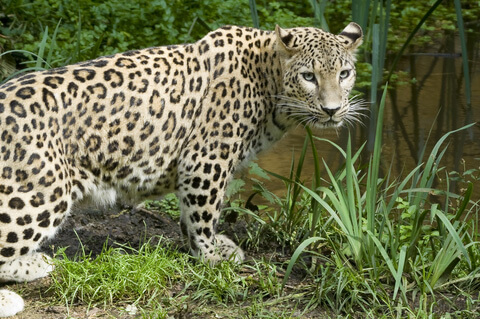 Amur leopards are relatively small in size. Males range from 42 to 54 inches, with a tail length of 32 to 35 inches. They weigh between 70 and 100 lbs.
Amur leopards are relatively small in size. Males range from 42 to 54 inches, with a tail length of 32 to 35 inches. They weigh between 70 and 100 lbs.
Females are smaller, weighing between 50 and 95 lbs. The cat’s coat is covered in spots and ranges in color from various shades of yellow to gold.
The leopard’s fur is usually much lighter during the winter months. The thickness of its fur and its light cream color are two of the main physical attributes that set it apart from other leopards.
Location and habitat
The leopards maintain individual territories approximately 20 to 120 miles in size, usually in a river basin. The current Russian population exists in an area of about 2,700 square miles. Leopards travel between those countries by crossing the Tumen River (a long river that forms part of the boundary between Russia, China, and Korea).
Hunting and prey (diet)
Amur Leopard prey includes musk deer, roe deer, moose, wild pig, Manchurian wapiti (elk), hare, badger, fowl, mice, and, at times, young black bears. The leopard usually hunts at night.
Reproduction and lifespan
Female leopards start breeding between 2-3 years of age. They have between one to four cubs during the spring or early summer. Most recently, the average size of a litter has only been two cats. The young cats leave their mothers within 1 to 1 ½ years. Wild Amur leopards generally live between 10 to 15 years. Captive leopards can live as long as 20 years.
Amur leopard conservation issues
The severe decline of the Amur leopard population results from habitat loss, deforestation, poaching, and the illegal wildlife trade. Some progress has been made, but there are still many challenges to preventing the Amur leopards’ extinction, including a limited amount of habitat, the fact that the current population is still extremely low, and the ongoing need for funding of conservation projects.

Here are some of the key Amur leopard conservation efforts:
1. Habitat Protection and Restoration
Protected Areas: The Land of the Leopard National Park in Russia, established in 2012, covers over 2,600 square kilometers and serves as a stronghold for Amur leopards. This park protects critical habitat and connects fragmented forests, allowing leopards to roam safely.
Reforestation: Efforts to restore degraded forests in the leopard’s range help maintain prey populations, such as deer and wild boar, which are essential for the leopard’s survival.
Corridor Creation: Conservationists work to establish wildlife corridors that link isolated habitats, reducing inbreeding and enabling genetic diversity.
2. Anti-Poaching Measures
Patrols and Monitoring: Anti-poaching teams patrol protected areas to deter illegal hunting and remove snares. Camera traps monitor leopard populations and track their movements, providing valuable data for conservation planning.
Community Engagement: Local communities are educated about the importance of Amur leopards and encouraged to report poaching activities. Some programs provide alternative livelihoods to reduce reliance on hunting.
3. Captive Breeding and Reintroduction
Breeding Programs: Zoos and wildlife centers, such as those managed by the Amur Leopard and Tiger Alliance (ALTA), breed Amur leopards in captivity to maintain a genetically diverse population. These programs aim to prepare leopards for potential reintroduction into the wild.
Reintroduction Efforts: While reintroduction is challenging, pilot projects are exploring the release of captive-bred leopards into suitable habitats with sufficient prey and minimal human disturbance.
4. International Coordination
Russia-China Cooperation: Cross-border initiatives between Russia and China focus on protecting shared habitats in the Amur-Heilong region. Joint monitoring and research ensure a coordinated approach to conservation.
Global Support: Organizations like the World Wildlife Fund (WWF), Wildlife Conservation Society (WCS), and ALTA provide funding, expertise, and advocacy to support Amur leopard conservation.
5. Reducing Human-Wildlife Conflict
Compensation Programs: Farmers who lose livestock to leopards are compensated, reducing retaliatory killings.
Education and Awareness: Outreach programs teach communities how to coexist with leopards, such as securing livestock and avoiding leopard habitats during active hours.
Some good news – the population has been gradually increasing since the early 2000s, there is evidence the leopards are breeding in the wild, and community attitudes are changing.
Research Quotes
- “In order to protect Amur tigers and Amur leopards, Governments of China and Russian
Federation have made significant efforts for strengthening domestic policy measures including the establishment and expansion of protected areas, and the scale-up of the financial and human resources.” – A Cooperation Framework for the Conservation of the Amur Tiger and Amur Leopard in the Tumen River Area – 2012
- “Community attitudes towards large carnivores are of central importance to their conservation in human-dominated landscapes. In this study, we evaluate community attitudes and perceptions towards the Amur tiger (Panthera tigris altaica), Amur leopard (Panthera pardus orientalis) and bears (Ursus thibetanus and Ursus arctos), as well as their prey species, namely sika deer (Cervus nippon), roe deer and wild boar terrestrial boar (Sus scrofa), in Yanbian Korean Autonomous Prefecture, Jilin province, northeast China.” – Wang T, et al. (2023) “Community attitudes towards Amur tigers (Panthera tigris altaica) and their prey species in Yanbian, Jilin province, a region of northeast China.” PLOS ONE

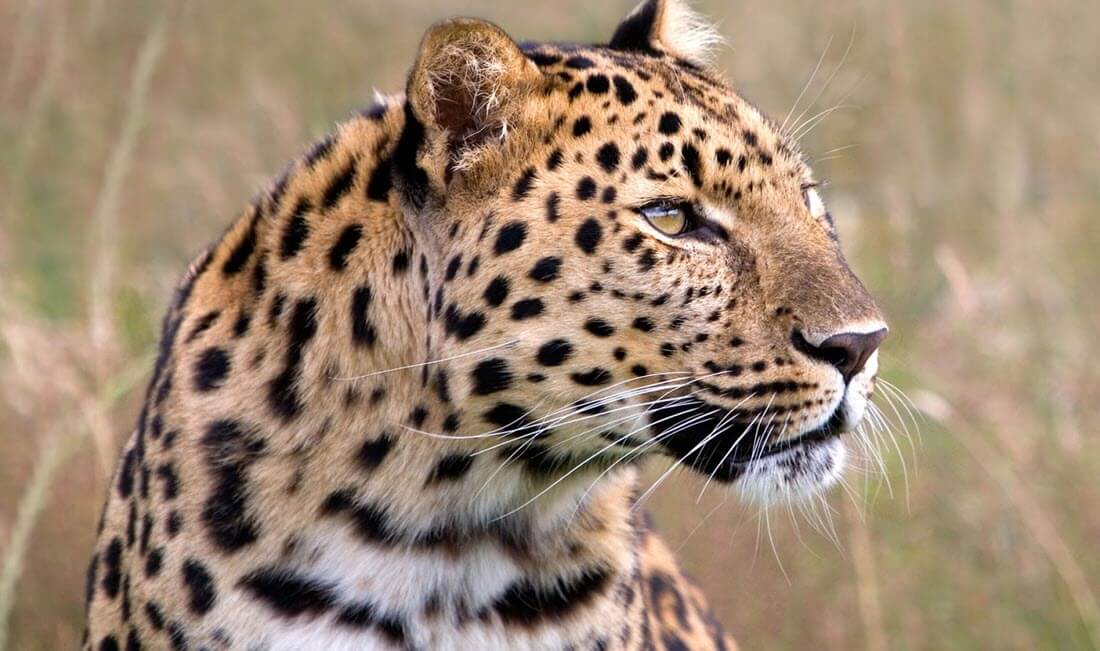
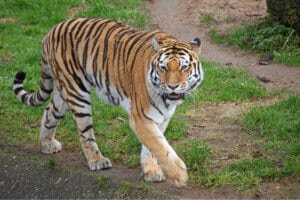
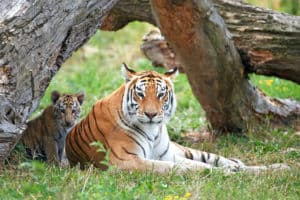


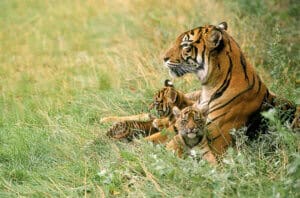

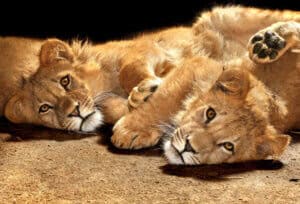

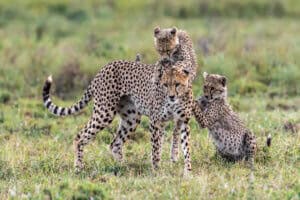


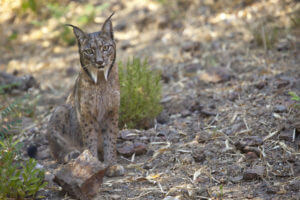
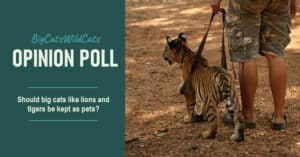



0 Comments